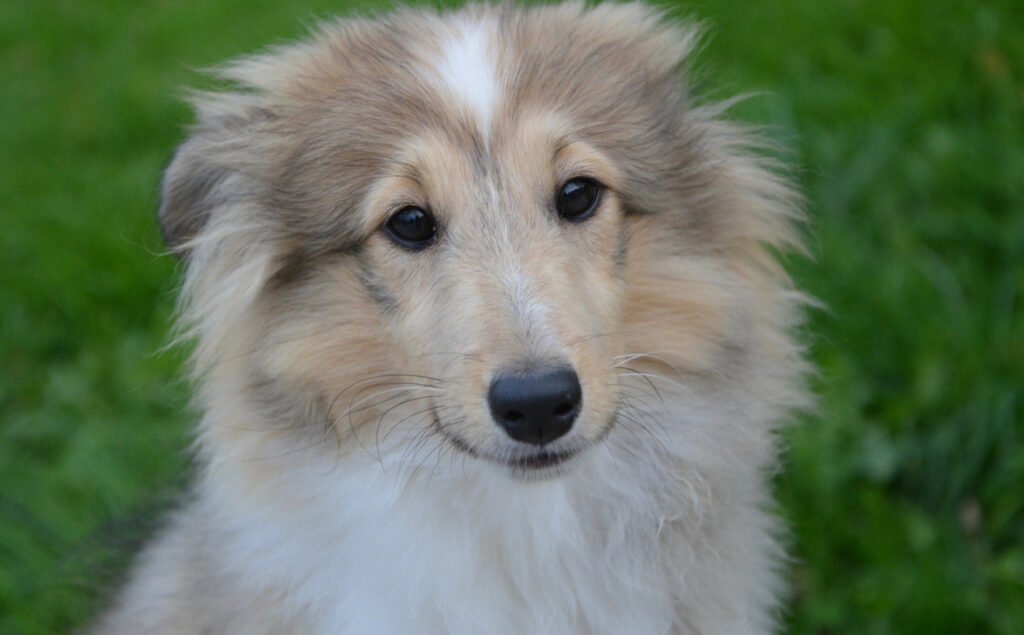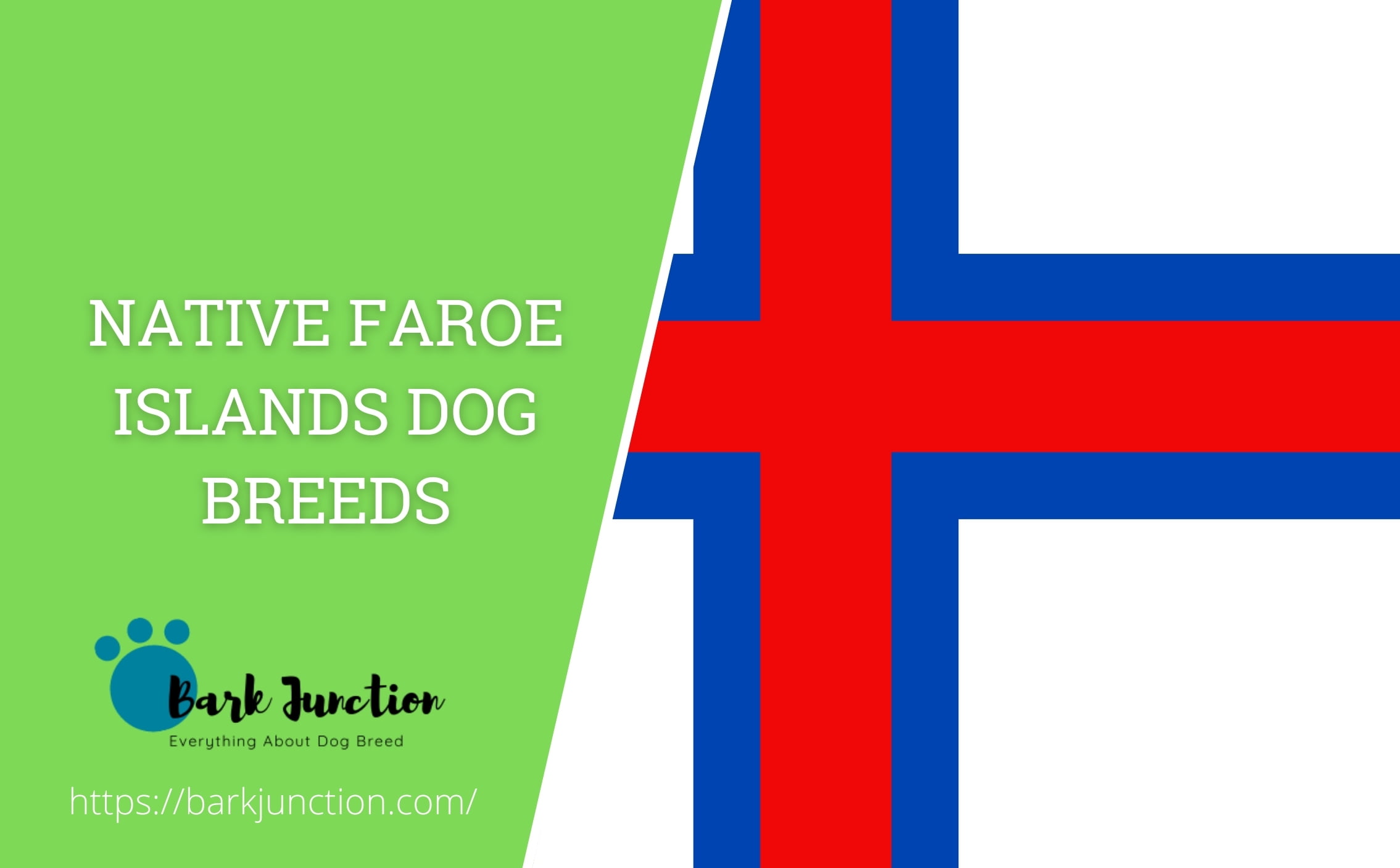Table of Contents
Introduction Faroe Islands dog breeds
The Native Faroe Islands dog breeds are an essential part of the cultural and historical heritage of the Faroe Islands. These breeds have been developed over centuries and have adapted to the harsh environment of the islands. However, international kennel clubs have yet to recognize these breeds, and their numbers are dwindling. In this blog post, we will explore the history of these breeds, the importance of preserving them, and present basic information in a table for each breed.
History of Native Faroe Islands dog breeds
The Faroe Islands have a long history of dog ownership, with mentions of dogs in the sagas and chronicles of the islands dating back to the Viking era. The islands were primarily used for sheep farming, and the dogs were developed to assist with herding and protecting the flocks. The harsh climate and difficult terrain also influenced the breeds’ development, resulting in hardy, intelligent, and independent dogs.
There are three recognized breeds of Native Faroe Islands dogs: the Faroese Sheepdog, the Faroe Islands Spitz, and the Hvalsoy Sheepdog. Each breed has unique characteristics and abilities, reflecting its various intended duties on the island.
The importance of preserving these breeds
Preservation of these breeds is crucial for maintaining the cultural and historical heritage of the Faroe Islands. The Native Faroe Islands dog breeds have adapted to the harsh environment of the islands and have developed unique characteristics that set them apart from other breeds. Many of these dogs have a close bond with their owners and are still used in sheep farming on the islands. With preservation efforts, these breeds may be recovered forever.
Read Here: Native Falkland Islands dog breeds
Basic Information of Native Faroe Islands Dog Breeds Table
| Breed | Height | Weight | Coat | Temperament |
| Faroese Sheepdog | 30-40 cm | 11-20 kg | Long and thick | Loyal and affectionate |
| Faroe Islands Spitz | 30-40 cm | 11-20 kg | Thick and fluffy | Independent and confident |
| Hvalsoy Sheepdog | 30-40 cm | 5-10 kg | Short and waterproof | Hardy and adaptable |
This table provides basic information on the height, weight, coat, and temperament of each recognized Native Faroe Islands dog breed. It is important to note that these are not standardized breeds and may have variations in appearance and temperament.
Read Here: Native French Guiana dog breeds
Faroe Island Sheepdog
Faroe Island Sheepdog Physical features and characteristics

The Faroe Island Sheepdog is a small-sized breed that stands 30-40 cm tall and weighs 11-20 kg. The breed’s coat is long and thick and comes in various colors, including black, white, and brown. These dogs have a robust build with a well-proportioned head and alert eyes. They are highly adaptable and have a strong immune system, which allows them to thrive in the harsh environment of the Faroe Islands.
Faroe Island Sheepdog Behavioral traits
The Faroe Island Sheepdog is a loyal and affectionate breed that bonds closely with its owners. They are intelligent dogs that are easy to train but have a stubborn streak. These dogs are adaptable and excel in various activities, including herding, obedience, and agility. However, they can be reserved with strangers, making them excellent watchdogs. It is essential to socialize them early to prevent them from becoming overly protective or aggressive.
Read Here: Native Fijian dog breeds
Faroese Cattle Dog Faroe Islands dog breeds
Faroese Cattle Dog Physical features and characteristics

The Faroese Cattle Dog is also known as the Faroe Islands Dog. This medium-sized breed is 43-57 cm tall and weighs 15-20 kg. The breed has a thick, double coat, which can come in black, brown, or gray. These dogs are known for their strong and sturdy build, deep chests, and well-muscled legs. They are highly adaptable to the harsh weather and environment of the Faroe Islands.
Faroese Cattle Dog Behavioral traits
The Faroese Cattle Dog is a loyal and hardworking breed that forms strong bonds with its owners. They are intelligent and easy to train but have a stubborn streak and need firm and consistent training. These dogs excel in various activities, including herding, obedience, and agility. They are known for their high energy and work ethic, making them great farm dogs. However, they can be reserved with strangers, and early socialization is essential to prevent aggression.
Grindadrap Dog Faroe Islands dog breeds
Grindadrap Dog Physical features and characteristics
The Grindadrap Dog, also known as the Faroese Sheepdog, is a medium-sized breed that stands 40-50 cm tall and weighs between 14-20 kg. They have a thick, double coat in black, brown, or white colors. These dogs have strong legs and a sturdy build, which allows them to navigate the rugged terrain of the Faroe Islands easily. They are also known for their sharp hearing and keen sense of smell.
Grindadrap Dog Behavioral traits
These dogs are highly adaptable and possess a strong work ethic. They excel in herding, tracking, and obedience activities. They form strong bonds with their owners and are obedient and loyal. However, they can sometimes be aloof with strangers and require proper socialization to prevent aggression. These dogs also need regular exercise and mental stimulation to stay happy and healthy. Overall, the Grindadrap Dog is a hardworking and intelligent breed that makes a great addition to any household.
Conclusion of native Faroe Island dog breeds comparison
Comparison of Faroe Island Sheepdog, Faroese Cattle Dog, and Grindadrap Dog
The Faroe Island Sheepdog, Faroese Cattle Dog, and Grindadrap Dog are all native breeds of the Faroe Islands. Each breed has unique physical and behavioral traits that make them well-suited for the harsh environment of the islands. The Sheepdog and Cattle Dog were mainly used for herding and hunting, while the Grindadrap Dog was used for rounding up sheep before slaughter.
Similarities and differences between the dog breeds
The Faroe Island Sheepdog and Faroese Cattle Dog have similar appearance, with similar double coats and pointed ears. However, the Sheepdog is larger and more muscular than the Cattle Dog. The Grindadrap Dog, on the other hand, has a thicker coat and is more compact. In terms of behavior, all three breeds are known to be hardworking and loyal, but the Grindadrap Dog may require more socialization to prevent aggression towards strangers. Overall, each breed has its unique characteristics that make them valuable members of the Faroese community.
dogs of Faroe Islands video
Training and Care for Faroe Island Sheepdog
How to train Faroe Island Sheepdog
Faroe Island Sheepdog is a highly intelligent and eager-to-please breed that responds well to positive reinforcement methods such as clicker and rewards-based training. They have a natural herding instinct, so it is essential to socialize them with other animals and provide them with enough exercise to prevent behavioral problems.
Steps for taking care of Faroe Island Sheepdog
Faroe Island Sheepdog has a thick double coat that requires regular brushing to prevent matting and tangling. They shed heavily twice a year and may require extra grooming during these periods. They also need daily exercise and mental stimulation to prevent boredom and destructive behavior. Like most dogs, they require regular vet check-ups, vaccinations, and parasite control to maintain good health. Adequate food and fresh water are also necessary for their well-being.
Training and Care for Faroese Cattle Dog
How to train Faroese Cattle Dog
Faroese cattle dogs are intelligent and respond well to the clicker and rewards-based training. Their natural tendency to herd requires proper socialization with other animals, and they benefit from sufficient exercise to prevent behavioral problems.
Steps for taking care of Faroese Cattle Dog
The breed has a thick double coat that requires regular brushing to prevent matting and tangling. They have shedding periods twice a year that may need extra grooming. Daily exercise and mental stimulation are essential to preventing destructive behavior. Regular vet check-ups, vaccinations, and parasite control are crucial for their health. They also need sufficient food and fresh water for a healthy lifestyle.
Training and Care for Grindadrap Dog
How to train Grindadrap Dog
The Grindadrap Dog is a highly trainable breed eager to please its owner. Positive reinforcement techniques such as clicker and rewards-based training work well with this breed. Socialization with other animals is crucial, particularly during the early stages of training, as Grindadrap Dogs have a natural prey drive. Sufficient exercise and mental stimulation are also essential to prevent destructive behavior.
Steps for taking care of Grindadrap Dog
Grindadrap Dogs have a thick double coat that requires daily brushing to avoid matting and tangling. The breed has shedding periods twice yearly, which may require extra grooming. Regular vet check-ups, vaccinations, and parasite control are necessary for their overall health. Proper nutrition and hydration are also essential to maintain their physical health. Adequate exercise and mental stimulation, such as puzzle toys and obedience training, are crucial to preventing behavioral issues.
Importance of Faroe Island Native Dog Breeds
How these dog breeds have been used for centuries for survival
The Faroe Islands have harsh and rugged terrain, and the native dog breeds developed over centuries were essential for the islanders’ survival. The Grindadrap Dog helped hunt for whales and birds, while the Faroe Sheepdog was a valuable herding and guarding companion. These dogs were also used for transportation and protection against intruders, making them crucial to the people’s livelihood.
Current status of the breeds and their preservation
Despite the vital role these breeds played in the history and culture of the Faroe Islands, their numbers have declined in recent times. However, efforts are being made to preserve and promote these native breeds. Organizations such as the Faroes Dog Club are working towards maintaining the quality and genetic diversity of the breeds. The government has also implemented laws to protect the Grindadrap Dog, recognizing its cultural and historical significance. Preservation of these breeds is important not only for their historical value but also for their adaptability to the island’s unique environment.
reference
Faroe Islands dog breeds


